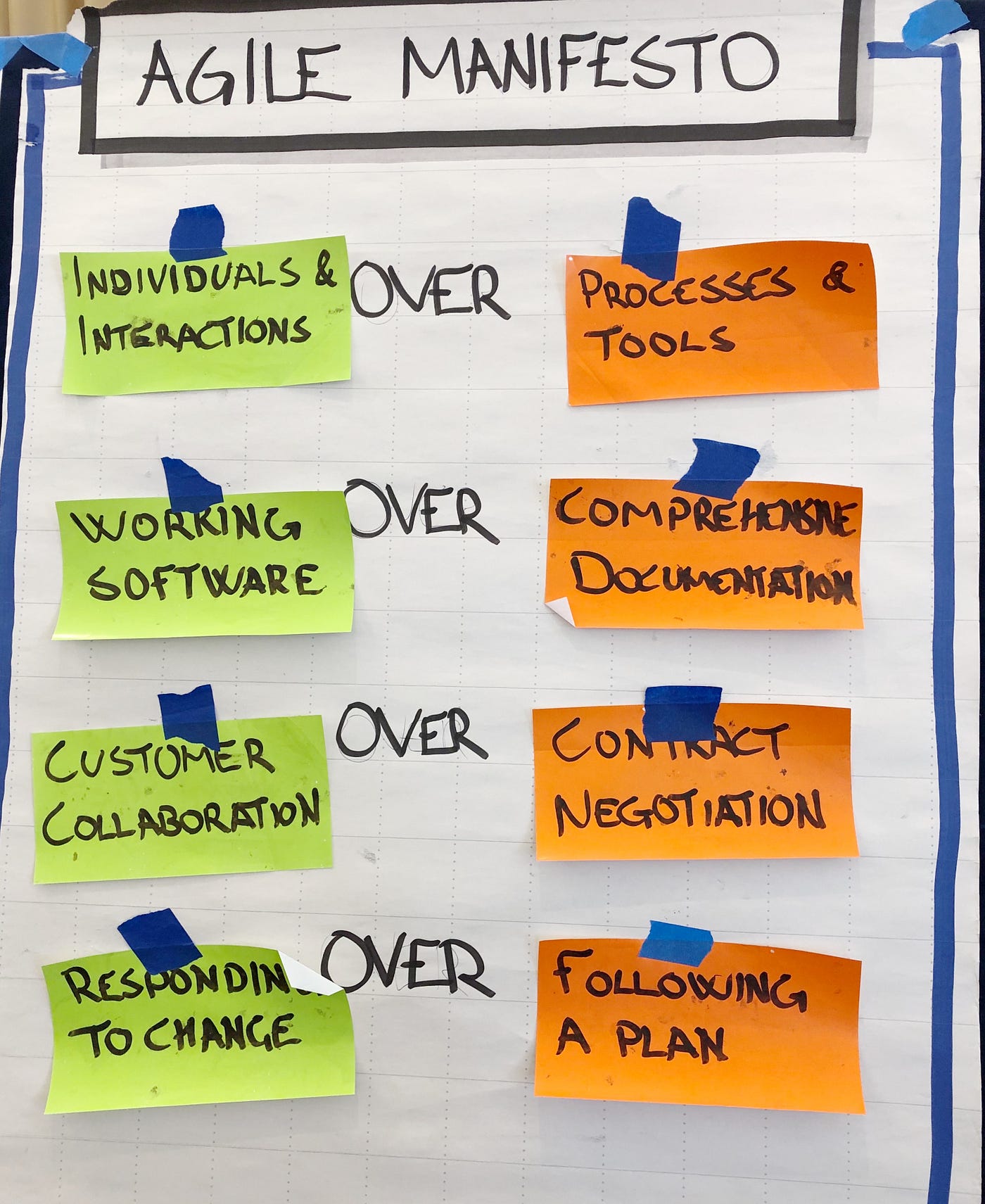In the realm of software development, stories of projects gone awry are not uncommon. One such colossal failure was the United States Air Force’s billion-dollar software fiasco, famously known as the Expeditionary Combat Support System (E.C.S.S.). This ill-fated endeavor aimed to streamline logistics through the implementation of commercial off-the-shelf (COTS) software. However, exorbitant costs, prolonged delays, and an eventual project cancellation led the Air Force to reassess their approach. How could Agile have helped prevent such a disaster?
In today’s fast-paced and competitive software development landscape, delivering successful projects that meet customer expectations is crucial for any organization. The choice of project management methodology or framework becomes paramount in achieving this goal. While there is no one-size-fits-all approach, adopting the right methodology can significantly improve project outcomes. This blog aims to explore the importance of project management methodologies, shedding light on how Agile has revolutionized the industry and transformed the way projects are executed.
Crashing from the Heights: The US Air Force’s Billion-Dollar Software Fiasco

Back in 2006, the United States Air Force embarked on a six-year, billion-dollar software modernization effort, only to cancel it due to exorbitant costs and prolonged delays. The project, called the Expeditionary Combat Support System (E.C.S.S.), aimed to streamline logistics using commercial off-the-shelf software. The realization that it would cost another billion dollars to achieve just a quarter of the initially planned capabilities, with full readiness not expected until 2020, forced the Air Force to pull the plug on the project.
The Commercial Off-the-Shelf (COTS) software, which the Air Force intended to implement, wasn’t a mystery package or a ground-up development. It was supposed to be a solution readily available in the market. Yet, the Defense Department found itself facing a billion-dollar failure before the software plan was abandoned. How did this happen?
The E.C.S.S., aimed to streamline logistics using Oracle software. In 2006, the Air Force awarded a $628 million contract to the Computer Sciences Corporation (CSC) as the lead system integrator. The task assigned to CSC was to configure, deploy, and conduct training and change management activities before the system’s launch. But what seemed like a feasible endeavour in theory quickly spiralled into a massive undertaking in practice that had already consumed over $1 billion by the time it was cancelled.
The Flawed Conception
The Defense Department acknowledges that the initial conception of the system was flawed. Attempting a “Big Bang” approach, incorporating every possible requirement into the program, resulted in a large and highly complex project.
From Chaos to Success: The Agile Turnaround

Agile project management methodologies offer a compelling alternative to mitigate the risks associated with large-scale software development initiatives:
- Iterative Development and Incremental Delivery:
Agile promotes an iterative and incremental approach, breaking down projects into smaller, manageable components. By delivering working increments of the software at regular intervals, Agile enables continuous feedback and reduces the risk of costly delays. This approach ensures that stakeholders’ evolving needs are met and allows for course correction throughout the project.
- Continuous Feedback and Adaptability:
Agile thrives on regular feedback loops and collaboration between development teams and stakeholders. By engaging stakeholders throughout the process, the Air Force could have gained valuable insights and adjusted the project’s direction accordingly. Continuous feedback ensures that the software aligns with user expectations, leading to increased satisfaction and reduced risk of costly rework.
- Collaboration and Communication:
Effective collaboration and communication are foundational principles of Agile. Emphasizing cross-functional teams and face-to-face interactions, Agile promotes transparency and shared understanding. By fostering an environment of open communication, the Air Force could have ensured that project goals, challenges, and progress were consistently communicated, mitigating misunderstandings and promoting effective decision-making.
- Risk Management:
Agile methodologies place a strong emphasis on identifying and managing risks throughout the project lifecycle. By adopting a proactive approach to risk management, the Air Force could have identified potential issues early on and implemented appropriate mitigation strategies. Regular risk assessments, coupled with the ability to adapt and respond to emerging risks, would have allowed for greater control over the project’s trajectory.
Conclusion
Agile methodologies offer a fresh approach to project management, focusing on iterative development, continuous feedback, collaboration, and effective risk management. By embracing these principles, organizations can navigate the high-stakes world of software delivery with greater success.
While Agile methodologies have proven to be highly effective in many software development projects, it’s important to acknowledge that Agile is not the answer to all problems. Every project is unique, and different situations may call for different approaches.
Agile methodologies thrive in environments where requirements are constantly evolving, and there is a need for frequent collaboration and feedback. However, in certain cases where requirements are stable and well-defined, a more traditional approach like the Waterfall model may be appropriate.
The Waterfall model, with its sequential and linear nature, can provide clear structure and documentation, making it suitable for projects with strict regulatory compliance or when the scope is well-defined from the start.
Furthermore, Agile methodologies require active involvement and engagement from stakeholders throughout the project. In situations where stakeholders are not readily available or lack the necessary expertise, Agile may face challenges.
It is essential for organizations to carefully evaluate the specific needs and characteristics of their projects before selecting a project management methodology. The key is to adopt an approach that best aligns with the project’s goals, constraints, and stakeholders’ expectations.
At Nest Digital, we understand the diverse needs of our clients, and we strive to provide tailored solutions that suit the unique requirements of each project. Our team of experts has experience in various project management methodologies, including Agile, Waterfall, and hybrid approaches. By taking a pragmatic and flexible approach, we ensure that the chosen methodology maximizes project success and delivers optimal results.
In conclusion, while Agile methodologies have revolutionized software development and project management, they are not a one-size-fits-all solution. Organizations should carefully assess their project requirements and consider other methodologies when necessary. At Nest Digital, we leverage our expertise in different methodologies to guide our clients in selecting the most appropriate approach for their specific projects, ensuring success through a customized and adaptable strategy.

